Asteroid 2023 RU to come very close to Earth today; NASA reveals size and speed details
An asteroid, given the designation of Asteroid 2023 RU, is on its way towards Earth and could make its closest approach to the planet today, September 11.

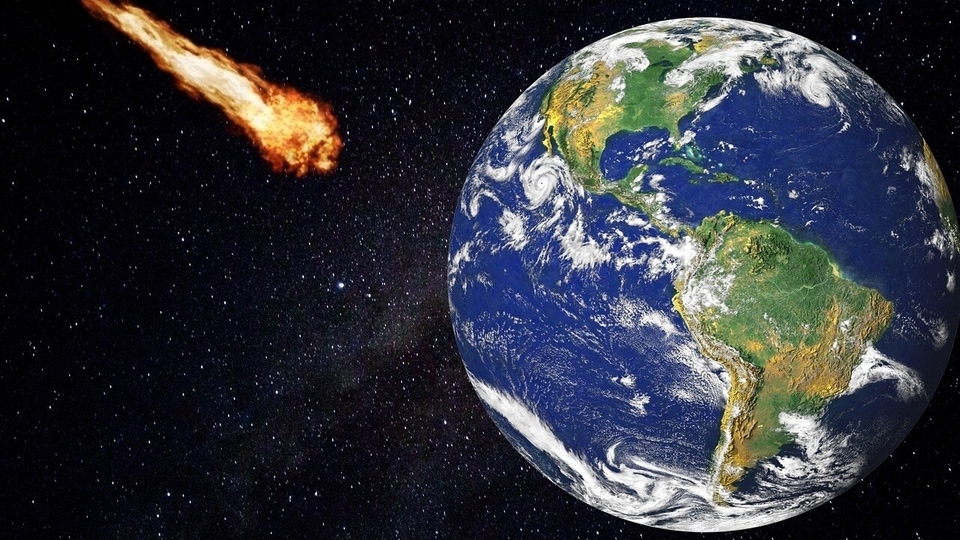
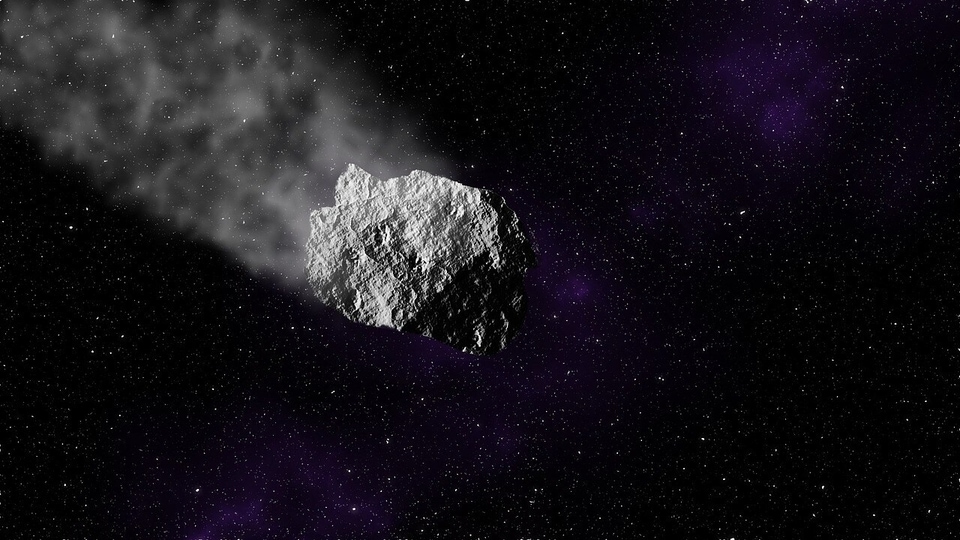
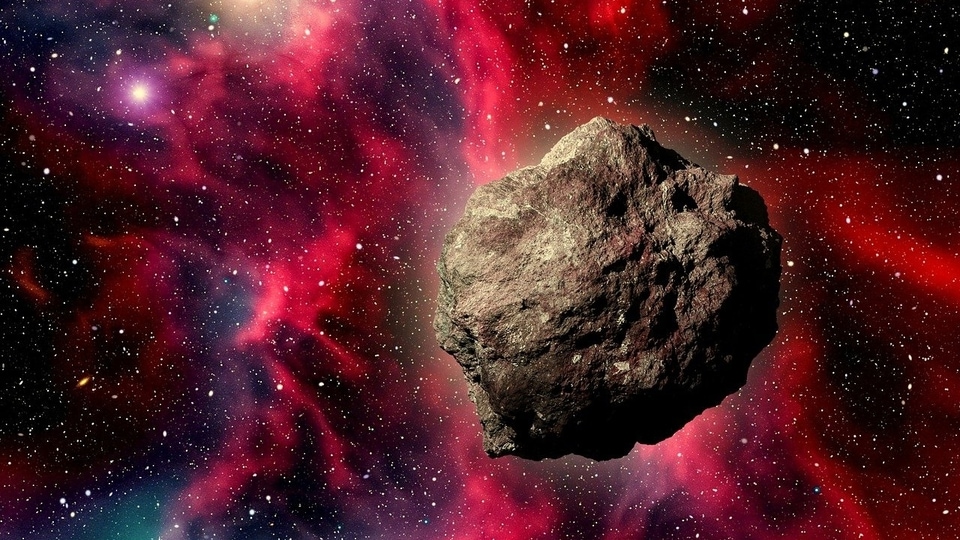
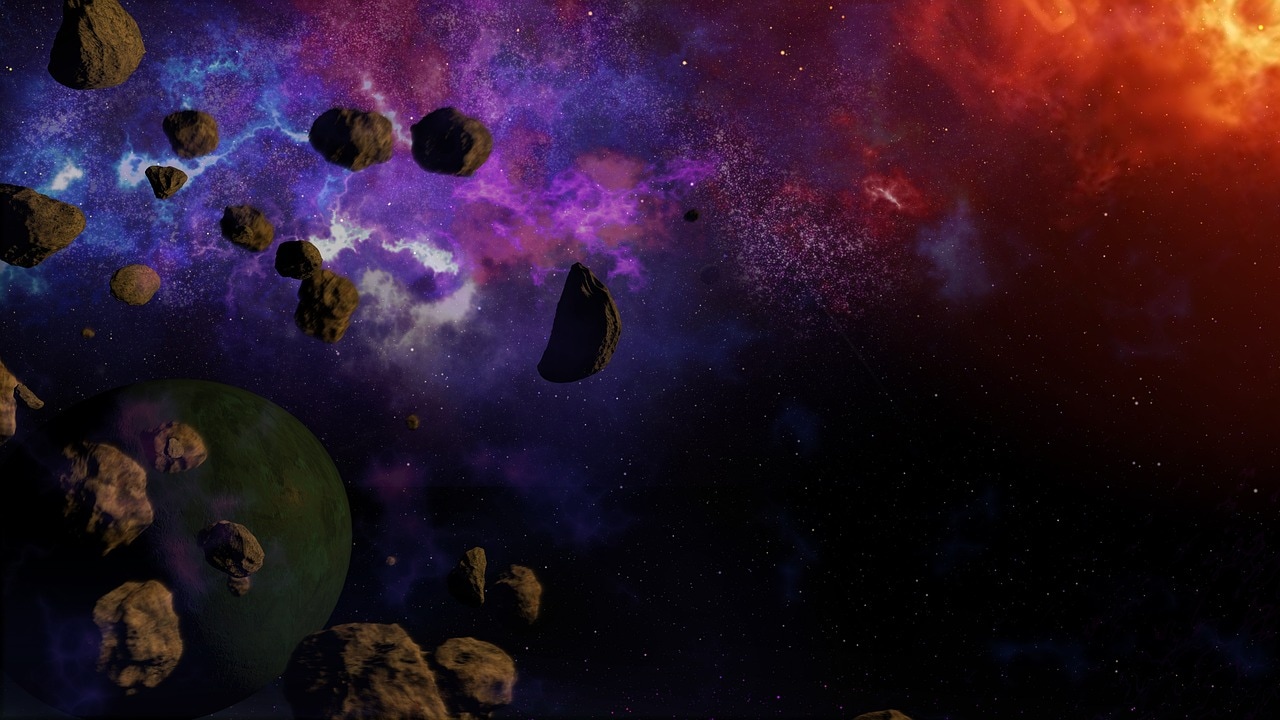
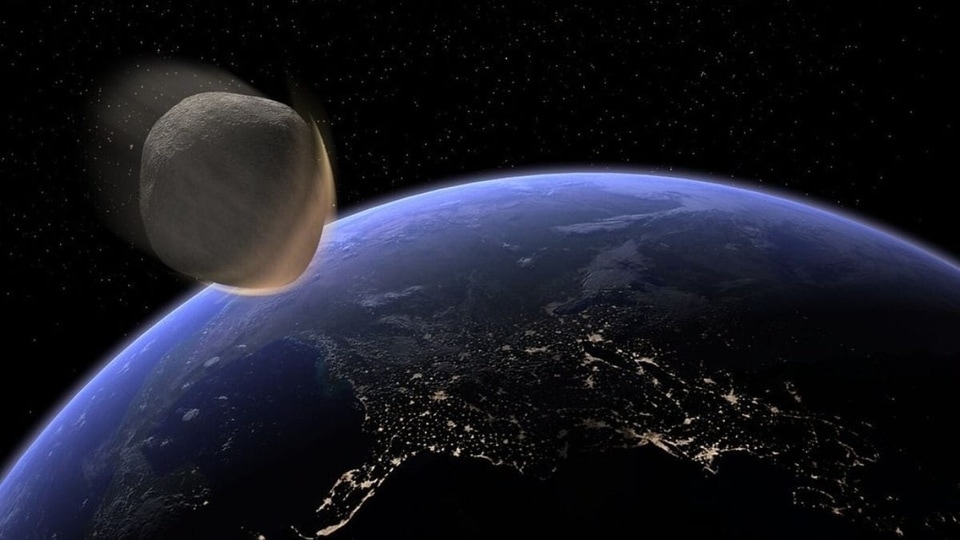
 View all Images
View all ImagesDue to frequent close calls with asteroids, NASA, ESA, and other space agencies have developed technologies to track these space rocks in their orbits, and even deflect them in case a potential impact scenario develops. With this advanced tech, NASA has now revealed details about an asteroid that will come close to Earth today. An asteroid, given the designation of Asteroid 2023 RU, is on its way towards Earth and could make its closest approach to the planet today, September 11.
Asteroid 2023 RU: Details of close approach
NASA has tracked this asteroid's orbit using its various satellites and space and ground-based telescopes and revealed crucial information about its oncoming approach. As per the details, Asteroid 2023 RU is expected to make its closest approach to the planet at a distance of 4 million kilometers, and at a staggering speed of 72951 kilometers per hour.
It is travelling even faster than NASA's Voyager 1 probe which was launched in 1977 to study the outer solar system and interstellar space.!
This space rock belongs to the Apollo group of Near-Earth Asteroids, which are Earth-crossing space rocks with semi-major axes larger than Earth's. These asteroids are named after the humongous 1862 Apollo asteroid, discovered by German astronomer Karl Reinmuth in the 1930s.
In terms of size, NASA estimates Asteroid 2023 RU to be between 65 feet and 130 feet wide, making it as big as an aircraft! However, it isn't big enough to be classified as a potentially hazardous asteroid and is not expected to pose any threat to Earth.
Also Read: 5 asteroids approaching Earth today; Know details
Astonishingly this will be Asteroid 2023 QC5's first ever close approach to Earth. As per NASA's Small-Body Database Lookup, no other close approach has been predicted in the near future.
Weird behaviour of Dimorphos asteroid
NASA created history on September 26 last year as it conducted its first-ever planetary defense test. Named the Double Asteroid Redirection Test (DART), it was a successful attempt to divert an oncoming potentially hazardous asteroid called Didymos from its path of collision with Earth. While the asteroid successfully diverted from its path, researchers have discovered a weird behaviour in Didymos's moonlet, Dimorphos.
According to a report by NewScientist, Jonathan Swift, a teacher at the Thacher School in California, along with his students, has discovered that Dimorphos has been slowing down in its orbit. While it was initially expected to slow down, but then revert to its original speed soon after the collision, it has kept on slowing down in the orbit around Didymos.
Catch all the Latest Tech News, Mobile News, Laptop News, Gaming news, Wearables News , How To News, also keep up with us on Whatsapp channel,Twitter, Facebook, Google News, and Instagram. For our latest videos, subscribe to our YouTube channel.
































